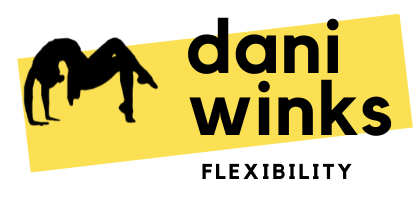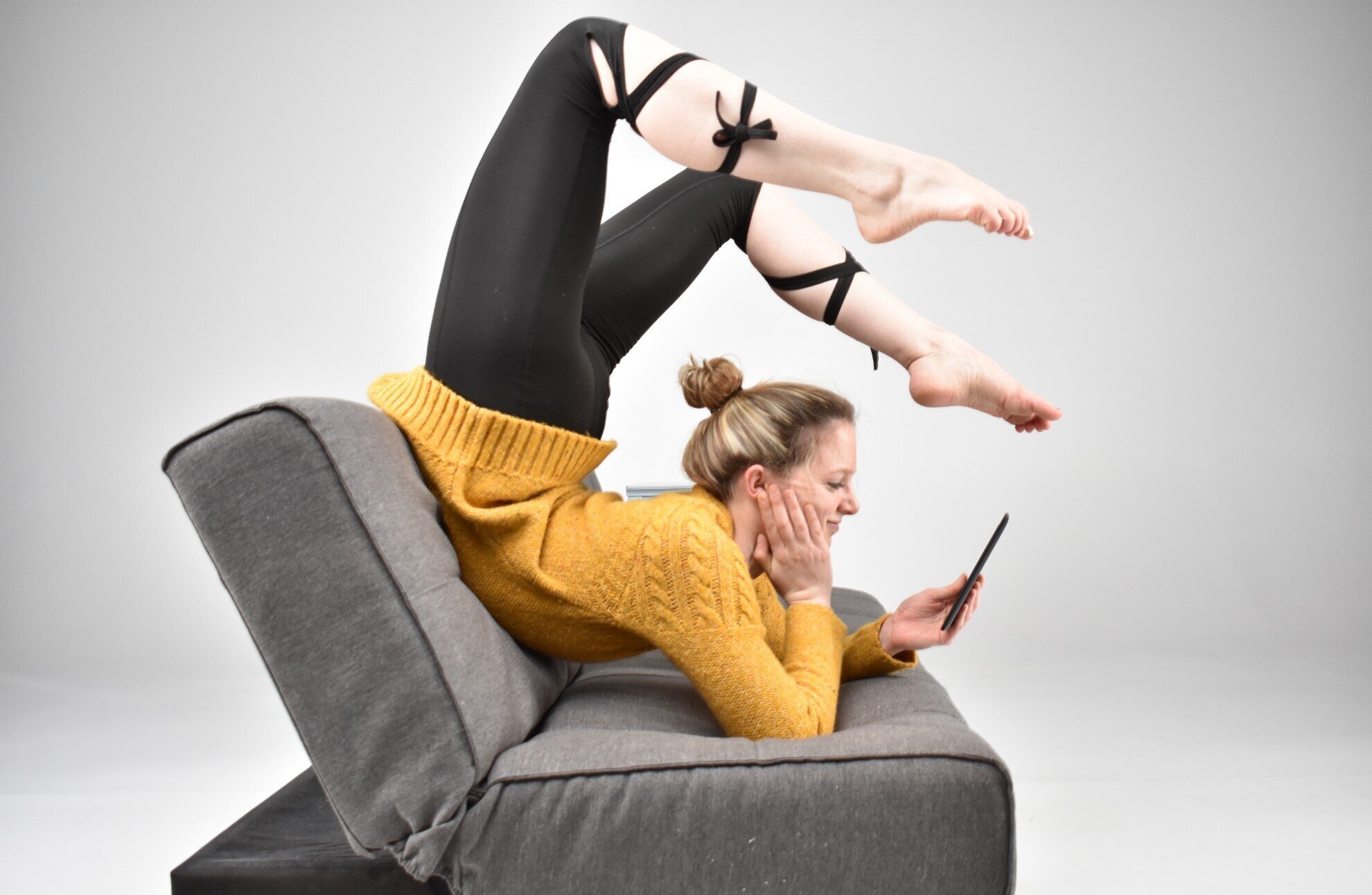TIPS, TRICKS & HOW-TOs
The Bendy Blog: Flexibility Training Articles
Filter posts by topic:
All Posts / Bridges / Contortion / Front Splits / General Back Flexibility / General Flexibility Tips / General Lower Body Flexibility / Middle Splits / Neurodynamics / Shoulders / Straddles / Yoga /
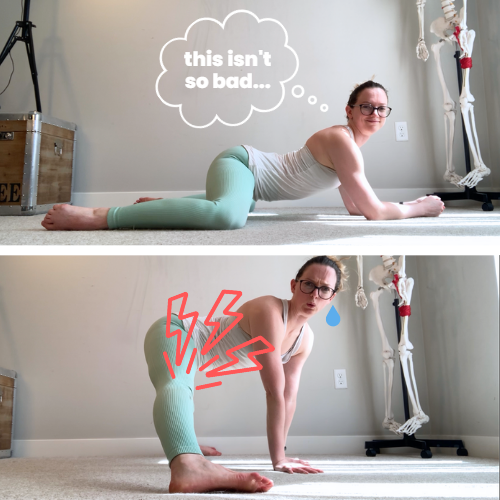
I Can Open My Hips in a Frog Stretch, But Not Middle Splits - What Gives?
Do you find it pretty easy to open your legs out to the sides in a frog stretch, but when you try to open your legs in a middle split or a straddle, your legs don’t go nearly as far (and it feels waaaaay harder)? They’re both inner thigh stretches, so what gives?
(Spoiler alert: it’s probably your gracilis)
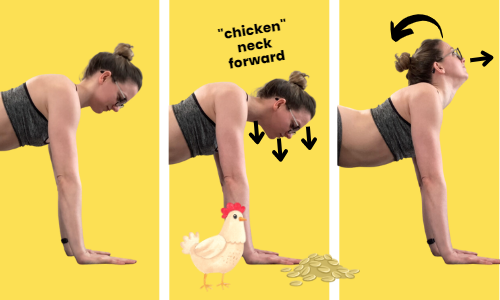
How to Use Neck Engagement for a Deeper Cobra Pose
If you’re working for a backbendier cobra, especially if you’re working on your toes-to-head King Cobra, learning how to comfortably add more neck flexibility can be a big help. In this post, we’ll explore a couple of different options for “engaging” the neck to see how they affect the comfort (and depth) of your backbend.

Using Bands to Help Support “Square” Splits
Do you have a hard time keeping your hips “square” when working on your front split? A long looped resistance band can be a great prop to help support keeping your hips square as you slide out into your split. Let’s see two different ways you can use a stretchy band to help keep your hips square.

Building Visual and Physical Awareness for Square Splits
’ve written before about why we often care so much about keeping our hips “square” (both hip bones pointing forwards, not opening out to the side) in things like front splits and lunges, but that’s easier said than done! Even for students who are totally on board the “I’m Gonna Square My Hips to Get a Better Hip Stretch” Train, it can be challenging to realize are your hips actually square? So today I’ll cover a couple of ways you can train both your visual awareness (can you see if your hips are square?) as well as your physical awareness (can you feel if your hips are square) to be able to identify when your hips are square - and when they’re not and they’re probably avoiding a deeper stretch.
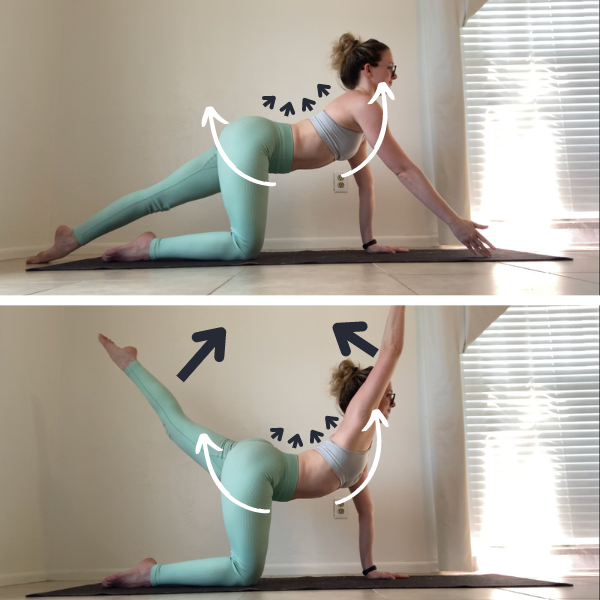
4 Bird Dog Variations for Bendier Backbends
“Bird dog” is a common flow/exercise from yoga that has been adopted by other fitness disciplines because it’s a great (and gentle) exercise for core control. Despite not looking terribly bendy (the goal is generally to keep a neutral spine), this drill can still be quite beneficial for folks looking to deepen their back flexibility. Let’s look at four different variations of Bird Dog that can help us target different areas of the backbending chain, so you can understand how to apply them all to deepen your backbending practice!

What to “Do” on Your Rest and Active Recovery Days
Not everyone likes to “take a day off” when it comes to training, whether it’s the mental challenge of feeling like you’re “not doing enough” or you feel like you need to do something every day to build/keep a habit. That’s where shifting your thinking from “do nothing” rest days to “do something” active recovery days can help! Here are some ideas for things you can do on your rest days to help treat your body and ensure it’s getting the blood flow (and rest) it needs to recover from your previous flexy workout.
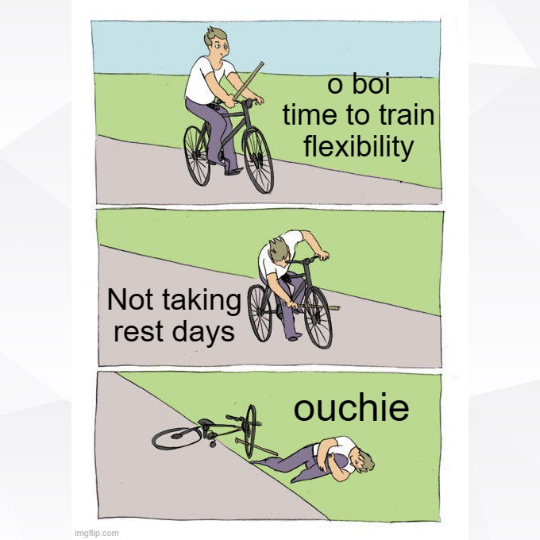
The Importance of Rest Days in Flexibility Training
While we are often tempted to DO ALL THE THINGS when it comes to flexibility training, which may mean enthusiastically stretching every day without fail - this is actually one of the least effective ways to train. Rest days are a critical part of an effective training routine - let’s take a look at why, and how to plan them into your training. You may be pleasantly surprised to see MORE progress only “training” 3-4 days a week instead of every day.
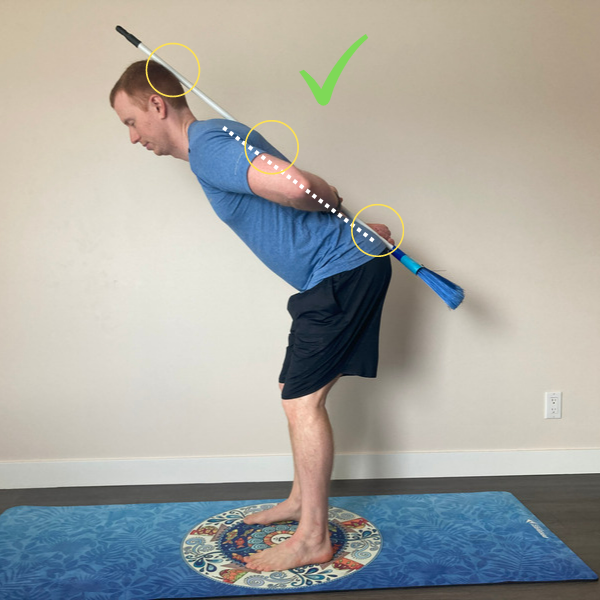
Struggling to Keep Your Back “Flat” in a Forward Fold? 5 Tips to Hinge at the Hips
Earlier this week I wrote about why you may choose to keep your back flat (instead of letting it round) in a forward fold - but for many students that’s easier said than done! Like I’ve mentioned in previous posts, our body is really good at avoiding a challenging stretch and compensating by moving other joints (in the case of a forward fold, when the hips are tight that means we tend to try and round the spine to “fold” or reach farther). So for those of you wanting to practice your forward folds with a flat back, here are some of the best modifications and training adjustments I’d suggest.

Is it OK to Round Your Back in a Forward Fold?
Do I have to keep my back flat in a forward fold, or is it OK (and safe) to round it? Like with most flexibility-related questions, the answer is “it depends.” So let’s take a look at why you’re doing your forward fold, and discuss different situations where rounding-vs-flattening your back would be a better choice for your particular goals.

Point or Flex? Protecting Your Ankles in Middle Splits
Unless you have totally flat middle splits on the floor, I strongly recommend flexing your feet, and keeping the outside edge of your foot lifted. Why? Because that mimics the most “neutral” position of your ankle, so puts the least strain on your ligaments and connective tissue (while in a relatively “heavy” bodyweight-bearing position). Let’s take a look at several foot positions in a not-yet-flat middle split so you can see for yourself…
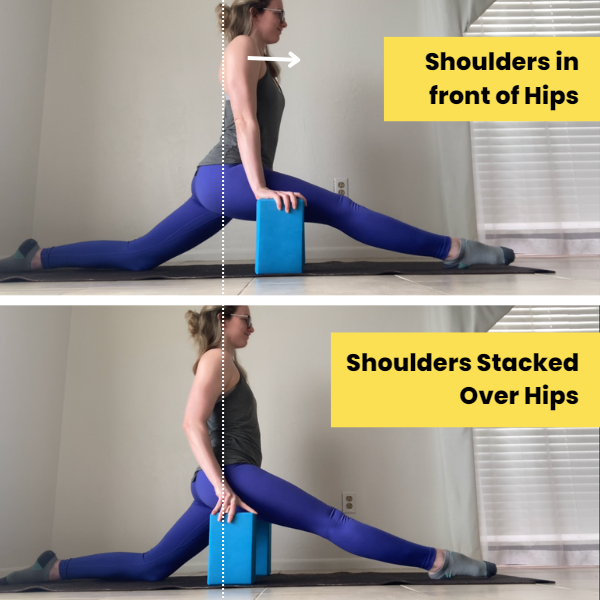
Stop Leaning Forwards in Your Front Splits!
If there’s one correction I have to give just about every leg/hip flexibility class I teach, it’s for some students to lean back a bit more in their front split (or lunge, or pigeon, or any hip flexor stretch for that matter…). Leaning forwards is SUCH a common “cheat” to avoid stretching the hip flexors in the back leg, which for most students, is a critical part of being able to get your splits flat. Let’s take a look at the anatomy of our front split to understand why you probably want to avoid leaning forwards (or in what situations that might be preferred!)
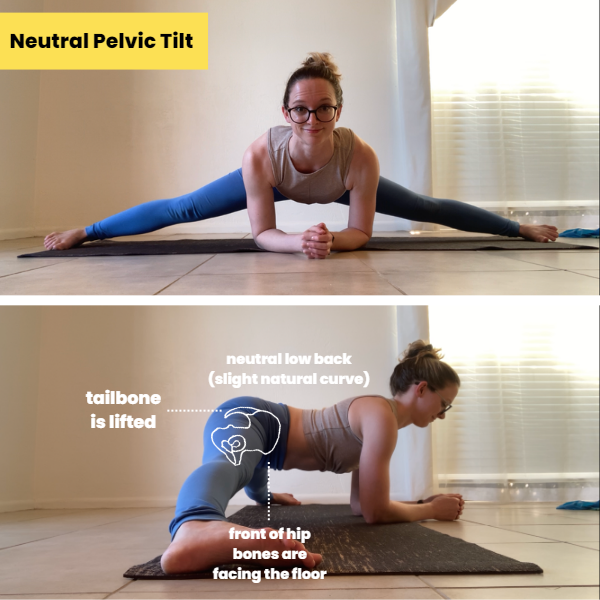
“Proper” Hip Alignment for Middle Splits
The position and orientation of our pelvis can have a big impact on the effectiveness of the stretch we’re getting in poses like middle splits or frog stretches. A couple of variables we want to consider are: hip-knee alignment, thigh rotation, pelvic tilt, and torso position. A “traditional” middle split calls for neutral hips, hip bones facing the floor, knees and thighs facing forwards, and torso parallel to the floor - but that isn’t the “only” way to do a middle split, nor is it necessarily the “best” way to do it if that doesn’t fit your hip anatomy.
